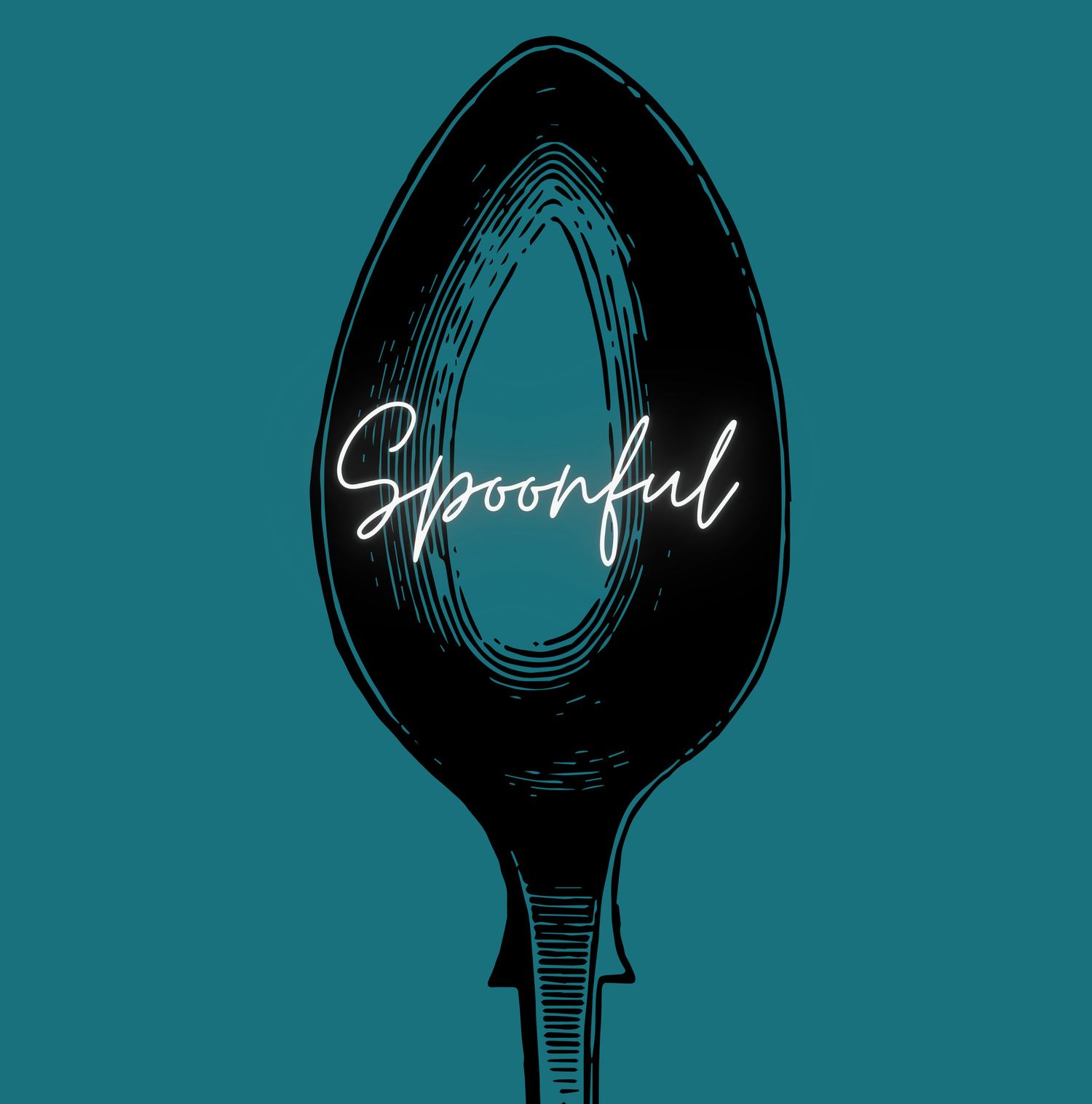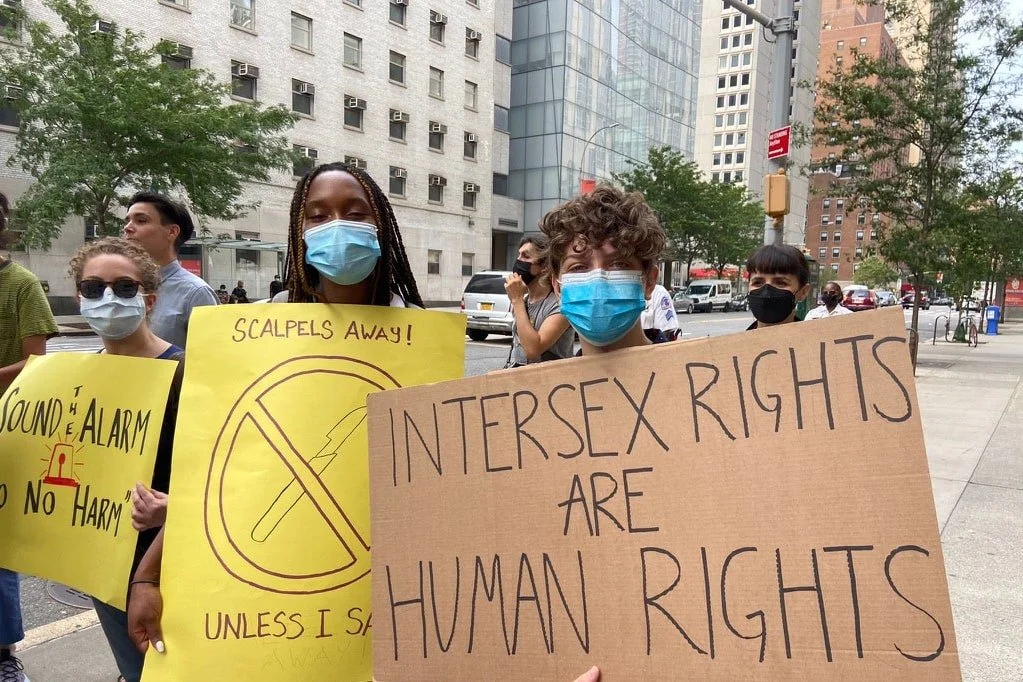Ask Aunt Lori - LGBTQ+ Labels
Technical issues are still ongoing. Alt text for screen readers here.
Dear Aunt Lori,
I'm familiar with the basic "LGBT" acronym, but I don't know what any of the others are or why we need them and why it's been changed.
Confused
Dear Confused,
Human sexuality and gender is extremely complex; so the acronyms have been updated to reflect the greater understanding of that. The original "LGBT" was a good start - but doesn't cover a lot of queer identities. Personally, I prefer to use LGBTQ+ when writing as the "Q" (queer) is an umbrella term for anything outside of the cisgender heterosexual norms and "+" indicates that there are additional terms.
However you also may see "LGBTQIA+" or "2SLGBTQIA+/LGBTQIA2S+" used. So let's break it down letter/term by letter/term:
2S - "two spirit"
This is a term used by Indigenous North Americans to describe a traditional third gender that has both masculine and feminine spirits. It's been described to me by Natives as a gender that serves to bridge the divide between men and women
Trivia time: two spirit people are revered, sacred, and highly respected in their communities!
L - lesbian
This is a term used to describe a woman romantically and/or sexually attracted to a woman. Sometimes called a gay or homosexual woman.
Trivia time: the L is placed first in most acronyms to honor the lesbians who cared for queer people who contracted AIDS during the AIDS epidemic when many people refused to care for them!
G - gay
This is a term most often used to describe a man romantically and/or sexually attracted to a man. Sometimes it can be used to describe anyone who is homosexual/homoromantic
Trivia time: Gay can also mean jolly, happy, or light-hearted but after the word became associated with prostitution and immorality in the 1800s, it became sexualized. In the 1960s, the slang was adopted to mean homosexual to avoid laws against homosexuality by identifying them as gay instead of the law abiding "straight".
B - bisexual
This is a term to describe someone who likes two or more genders. It's most commonly thought of as liking men and women, but it can describe someone who likes more than two genders
Trivia time: PRIDE was created by the bisexual activist, Brenda Howard, when she commemorated the anniversary of the Stonewall Riots
T - trans
This is a term used to describe someone who identifies as a gender other than what they were assigned at birth. This can also be used for nonbinary people and anyone else who has a gender identity other than their initially assigned gender.
Trivia time: "trans" comes from the Latin word meaning "across".
Queer - queer
This is an umbrella term for people who are not the cisgender heterosexual norm.
Trivia time: same sex marriage is legal in 34 countries
I - intersex
This is a term used to describe people who have anatomical and/or genetic information that doesn't fit into the binary of male/female. There are several variations because biology is complex!
Trivia time: it was common for parents and doctors (still is, but less so) to decide on what sex a newborn was and remove any organs to make the child fit into a side of the binary. This has been deemed a violation of human rights by Amnesty International and more people are pushing to make gender assignment surgery on a newborn illegal and only perform these types of surgeries for a legitimate medical need.
A - agender, aromantic, asexual
Not ally. These are three separate terms used for one letter: agender means "without a gender", aromantic describes someone who experience little to no romantic attraction, and asexual describes someone who experiences little to no sexual attraction.
Trivia time: the prefix "a-" means "none", "without" or "no".
+ - additional
This just means that there are many more identities not mentioned.
Trivia time: almost everything in biology exists on a spectrum, rather than discrete "boxes". The world is extremely complex and sexuality and gender are no different! For starters, think about colors: colors exist on a spectrum and some don't fit into one color; one red may be very different from another red!
As for why we need them? Identities can help us create communities to find like-minded people, and understand ourselves and others more.
With identity labels, we can easily find the people that we want (or don't) to connect with and interact with. This makes it faster and easier to build communities as we can seek out others with the same or similar labels to our own. It's also very helpful for people who are discovering themselves if they find someone who has a specific identity label that discusses their experiences and feelings that resonate with the person finding themselves.
When I was a teenager and noticed that other teenagers wanted to have sex, but I didn't, when I found someone describing their similar feelings and calling themselves "asexual" allowed me to learn more about asexuality. This helped me learn that this was a common, normal experience that others had too and that I wasn't "defective". From there, when I started to identify as asexual, I was able to find and connect with other asexuals and make friends who understood that part of me.
Though labels can be very helpful, you aren't required to label everything! If a label feels good and is helpful - use it! If a label doesn't feel right and isn't helpful - don't use it! Remember that labels aren't permanent: you can try out labels to see if they feel right, but you don't have to use them forever and you can change them anytime.
These are refrigerator magnets, not permanent brands: try any you like to see if they fit, change them anytime, and you're not limited to a specific number!
For a glossary of other terms, click here.
Aunt Lori
Have questions you want me to answer? Fill out my Google form here and select "Ask Aunt Lori"! No judgment, just ask away!









